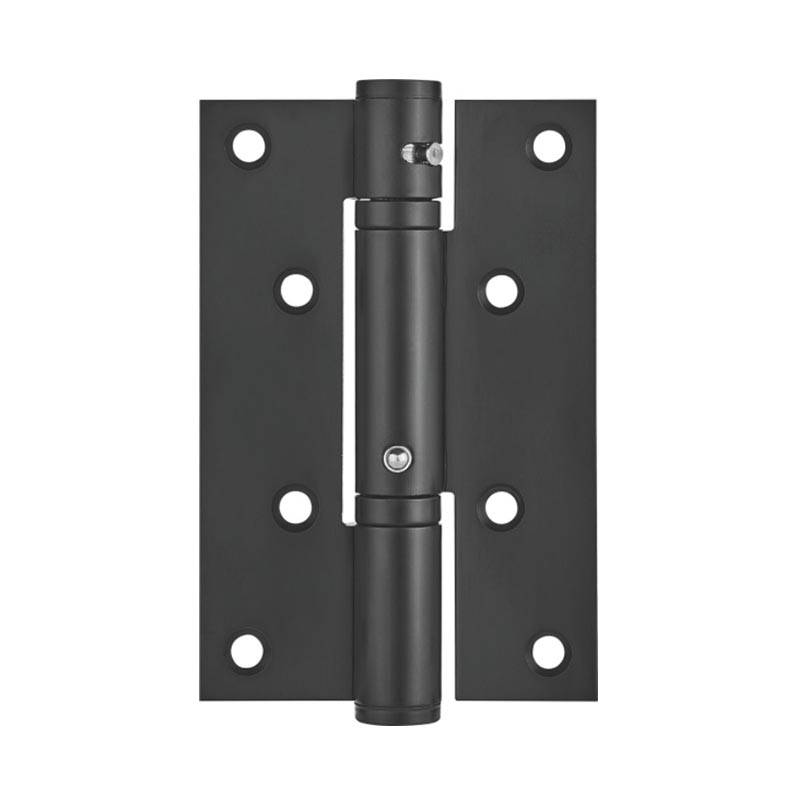Overview of Buffering and Automatic Closing in Hydraulic Hinges
Multi-function hydraulic hinges are engineered to provide enhanced door operation by integrating buffering and automatic closing capabilities within a single unit. These features improve user safety, prevent door damage, and contribute to energy efficiency by ensuring doors close gently and securely without slamming. The buffering function cushions the door’s motion toward the frame, while the automatic closing mechanism ensures the door returns to a fully closed position after being opened. Understanding how these functions are realized helps clarify why such hinges are favored in commercial, residential, and industrial applications.

Hydraulic Fluid Dynamics as the Core Technology
At the heart of the buffering and automatic closing functions is the controlled flow of hydraulic fluid within the hinge’s mechanism. Inside the hinge body, a piston moves through a fluid-filled chamber. When the door swings open, the piston displaces hydraulic fluid through precisely engineered channels and valves, which regulate the speed and resistance of the motion. This hydraulic damping effect slows the door’s movement as it approaches the closed position, preventing abrupt stops and absorbing kinetic energy to achieve a smooth, controlled buffer.
Adjustable Valves for Customizable Closing Speeds
Multi-function hydraulic hinges typically feature adjustable valves or screws that allow users to fine-tune the flow rate of hydraulic fluid. By controlling the fluid’s passage through the piston, the closing speed and cushioning intensity can be modified according to the specific door weight, size, and environmental conditions. This adjustability ensures that the hinge can accommodate a wide range of door types and usage scenarios, from lightweight interior doors to heavier exterior or fire-rated doors. Proper adjustment also helps prevent issues such as incomplete closing or excessive force.
Spring Mechanism for Automatic Return
In addition to hydraulic damping, multi-function hydraulic hinges incorporate a spring system that provides the restoring force needed to automatically close the door. When the door is opened, the spring is compressed or tensioned, storing potential energy. Upon release, this energy pushes the door back toward its closed position. The hydraulic fluid acts as a regulator to smooth this motion, so the door does not slam but closes gently. The combination of spring force and hydraulic resistance is what makes automatic closing both reliable and safe.
Integrated Multi-Function Design Advantages
By integrating buffering and automatic closing within the hinge itself, multi-function hydraulic hinges eliminate the need for additional door closers or dampers mounted externally. This design results in a cleaner aesthetic and reduces installation complexity. It also allows for consistent performance since the components are engineered to work together within the same unit. Moreover, this integration enhances durability as the hydraulic system is protected from external damage and environmental factors that might affect separate closers.
Practical Benefits and Applications
The smooth buffering and automatic closing offered by these hinges contribute to quieter door operation and reduce wear on door frames and hardware. This makes them ideal for high-traffic areas such as offices, hospitals, hotels, and public buildings where door noise and impact must be reduced. They also improve safety by preventing doors from slamming shut and potentially causing injury. Additionally, ensuring doors close properly can help maintain building security and climate control.
Conclusion
Multi-function hydraulic hinges achieve buffering and automatic closing functions through a sophisticated combination of hydraulic fluid dynamics and spring mechanics. Adjustable valves control the flow of hydraulic fluid to cushion door movement, while integrated springs provide the force necessary for automatic closure. This combined approach delivers smooth, quiet, and reliable door operation in a compact and efficient design. Such hinges are widely adopted in various settings for their functional advantages and ease of installation, contributing to safer and more comfortable building environments.